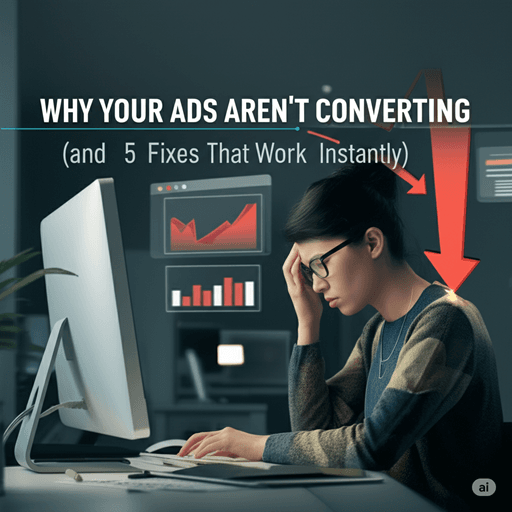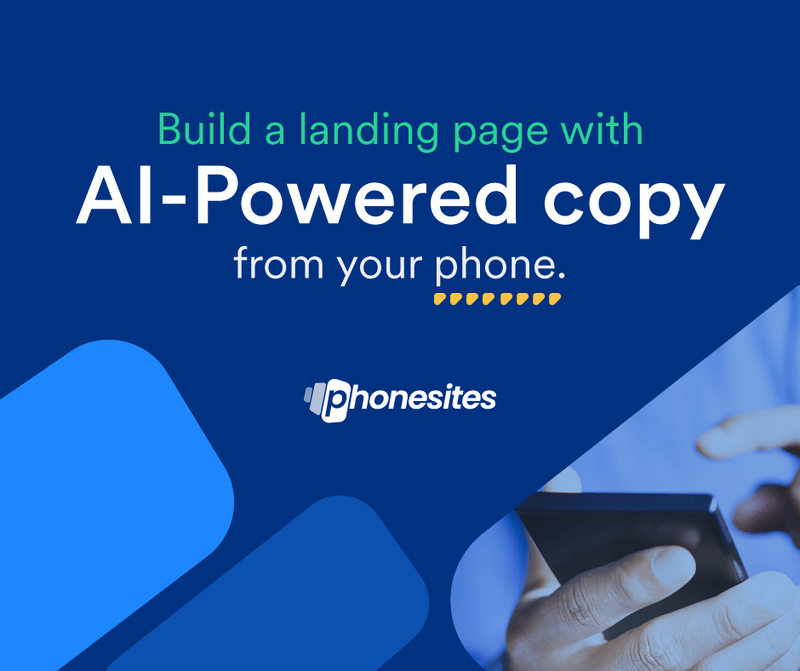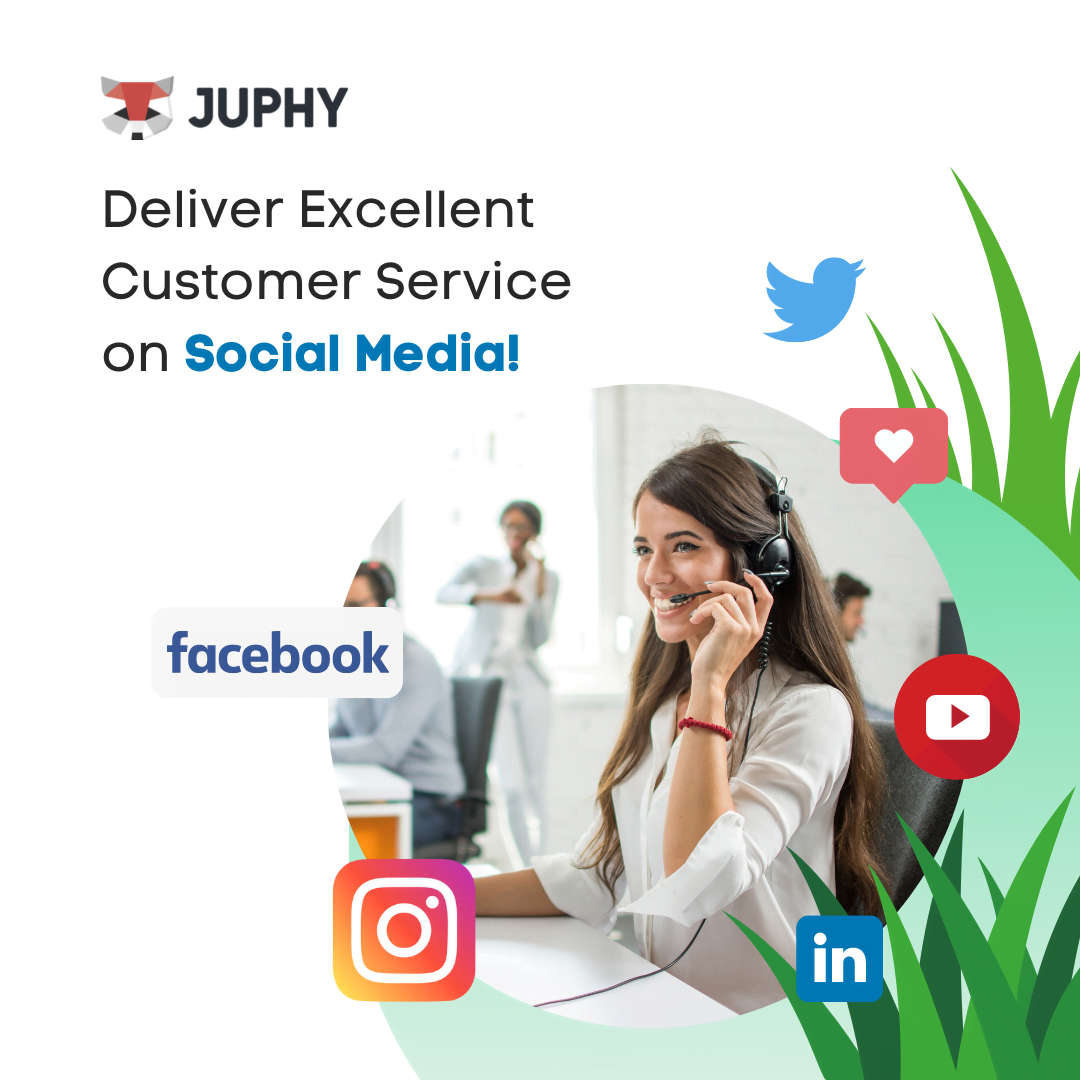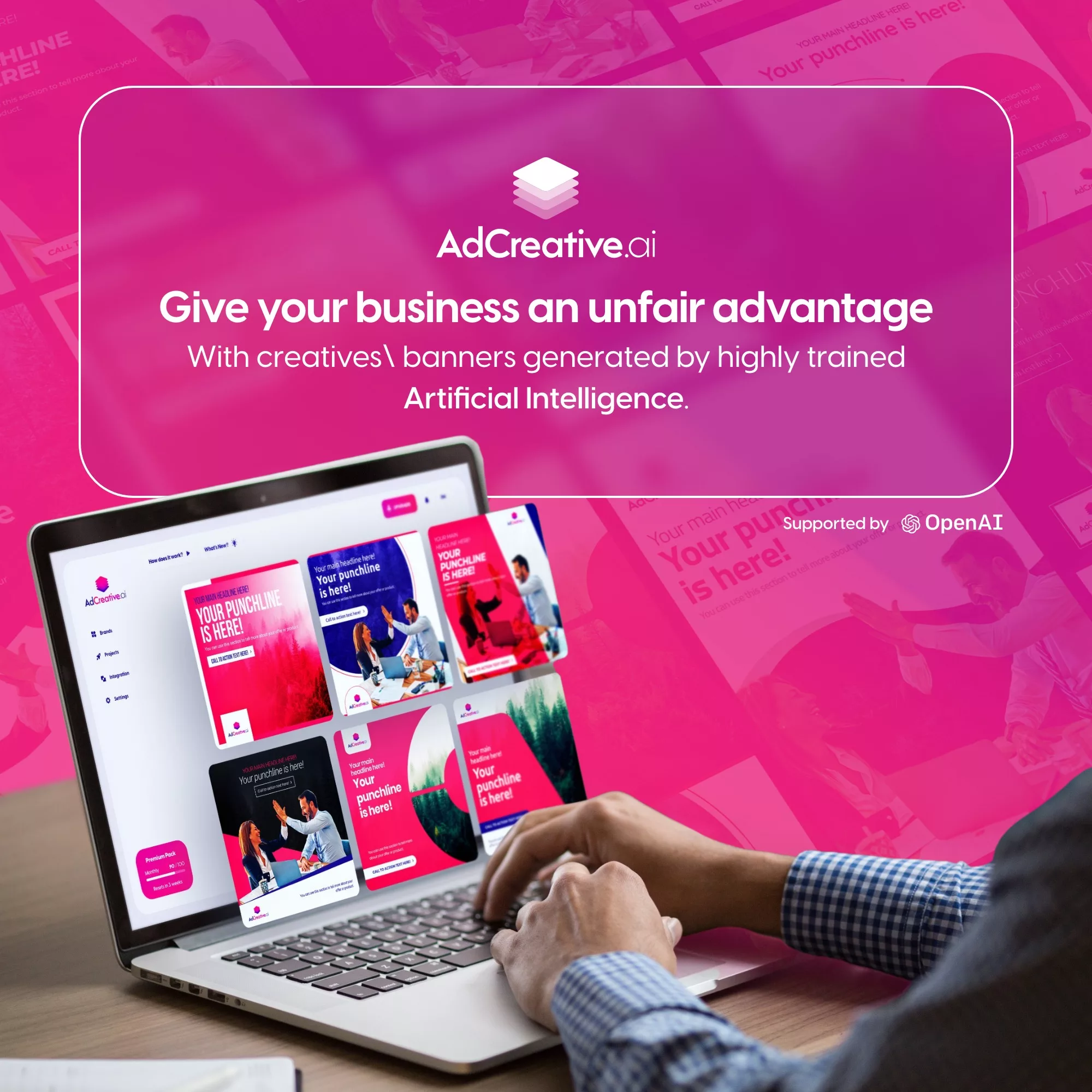
The Conversion Crisis Every Advertiser Faces
You’re staring at your dashboard, and the numbers don’t make sense. Your ads are getting clicks, your traffic is flowing, but your conversion rate is flatlining like a patient in the ER. Sound familiar? You’re not alone in this digital marketing nightmare.
Every day, businesses burn through thousands of dollars on ads that generate interest but fail to generate sales. It’s like throwing a party where everyone shows up but nobody buys anything. Frustrating, right?
Here’s the truth: getting people to click on your ads is only half the battle. The real challenge lies in transforming those curious clickers into paying customers. And that’s exactly what we’re going to fix today.
Understanding Why Ads Fail to Convert
The Gap Between Clicks and Conversions
Think of your advertising funnel like a leaky bucket. Water (traffic) pours in at the top, but most of it escapes through holes before reaching the bottom (conversion). The bigger the holes, the more money you’re wasting.
Most advertisers focus obsessively on getting more water into the bucket rather than plugging the leaks. They increase their ad spend, expand their targeting, and wonder why their return on investment keeps shrinking. It’s like trying to fill a swimming pool with a garden hose while the drain is wide open.
Common Misconceptions About Ad Performance
Many business owners believe that high click-through rates automatically translate to high conversion rates. This is like assuming that everyone who walks into your store will buy something. In reality, there’s a massive difference between interest and intent.
Another dangerous misconception is that more traffic equals more sales. Quality trumps quantity every single time. Would you rather have 1,000 visitors where 10 convert, or 100 visitors where 20 convert? The math is simple, but the execution requires strategy.
Why Traditional Metrics Don’t Tell the Whole Story
Clicks, impressions, and reach are vanity metrics that make you feel good but don’t pay the bills. They’re like measuring how many people looked at your storefront without tracking how many actually made a purchase.
The metrics that matter are conversion rate, cost per acquisition, and customer lifetime value. These numbers tell you whether your advertising is actually growing your business or just burning your budget.
The Hidden Psychology Behind Ad Conversions
What Really Drives Purchase Decisions
People don’t buy products; they buy solutions to problems and feelings. Your ad might showcase features, but your audience is thinking about benefits. They want to know how your offering will make their life better, easier, or more enjoyable.
Emotions drive the initial decision to buy, while logic justifies the purchase afterward. Your ads need to tap into both. Create an emotional connection first, then provide the logical reasons to support their decision.
The Role of Trust in Digital Advertising
In a world where online scams are rampant, trust is your most valuable currency. Potential customers are naturally skeptical of ads, especially from brands they’ve never heard of. Building trust isn’t optional; it’s essential for conversion.
Trust signals include customer testimonials, security badges, money-back guarantees, and transparent pricing. Without these elements, even the most compelling ad will struggle to convert because people simply won’t feel safe taking action.
5 Instant Fixes for Better Ad Conversions
Fix #1: Eliminate the Message-Market Mismatch
How to Identify Your True Target Audience
The biggest conversion killer is targeting everyone and appealing to no one. If your ad speaks to everyone, it resonates with nobody. You need to get laser-focused on who you’re trying to reach.
Start by creating detailed customer personas based on actual data, not assumptions. Look at your existing customers and identify patterns in demographics, behaviors, and pain points. What problems are they trying to solve? What language do they use to describe these problems?
Your ad messaging should feel like a conversation with your ideal customer. When someone sees your ad, they should think, “This is exactly what I’ve been looking for!” That’s when the magic happens.
Fix #2: Remove Friction from Your Landing Pages
The 3-Second Rule for Landing Page Optimization
Your landing page has three seconds to convince visitors they’re in the right place. If there’s any confusion or hesitation, they’ll hit the back button faster than you can say “conversion rate.”
Remove every unnecessary element that doesn’t directly support the conversion goal. This means eliminating navigation menus, reducing form fields, and simplifying your message. Your landing page should have one clear purpose: getting visitors to take the desired action.
Speed matters too. A one-second delay in page load time can reduce conversions by 7%. Optimize your images, minimize plugins, and choose a reliable hosting provider. Every millisecond counts when it comes to keeping impatient visitors engaged.
Mobile-First Design Principles
More than half of all web traffic comes from mobile devices, yet many landing pages still feel like they were designed for desktop computers. If your mobile experience is clunky, you’re automatically losing a huge chunk of potential conversions.
Design for thumbs, not mouse clicks. Make buttons large enough to tap easily, ensure text is readable without zooming, and minimize the amount of scrolling required. The mobile experience should feel native and intuitive.
Fix #3: Create Urgency Without Being Pushy
Urgency is a powerful psychological trigger, but it needs to feel authentic. Fake countdown timers and phony limited-time offers will backfire and damage your credibility.
Instead, create genuine scarcity by offering limited quantities, seasonal promotions, or exclusive bonuses for early action. The urgency should be based on real business constraints, not artificial manipulation.
Use phrases like “while supplies last,” “limited enrollment,” or “exclusive offer for new customers.” These create urgency while maintaining honesty and integrity.
Fix #4: Match Your Ad Creative to User Intent
Psychology-Based CTA Formulas That Convert
Your call-to-action is the bridge between interest and action. It needs to be compelling, clear, and aligned with where the customer is in their buying journey.
For awareness-stage traffic, use CTAs like “Learn More” or “Discover How.” For consideration-stage visitors, try “Get Started” or “See Pricing.” For decision-ready prospects, use “Buy Now” or “Claim Your Spot.”
The language should match the emotional state of your audience. Anxious buyers respond to reassuring CTAs like “Try Risk-Free,” while excited customers prefer action-oriented language like “Get Instant Access.”
Fix #5: Optimize Your Call-to-Action Strategy
A/B Testing Frameworks That Actually Work
Don’t guess what works; test it. A/B testing allows you to make data-driven decisions about your ad copy, images, and landing pages. But random testing won’t help you improve faster.
Focus on testing one element at a time: headline, button color, form length, or offer presentation. Test significant changes, not minor tweaks. Changing a button from blue to green rarely makes a meaningful difference.
Run tests long enough to reach statistical significance. This usually requires at least 1,000 visitors per variation and a confidence level of 95% or higher. Patience in testing leads to better long-term results.
Advanced Strategies for Long-Term Success
Building Trust Through Social Proof
Social proof is like having a crowd of satisfied customers vouching for your business. It reduces risk perception and increases confidence in your offering.
Display customer reviews, testimonials, case studies, and trust badges prominently on your landing pages. Show real names, photos, and specific results whenever possible. Generic testimonials like “Great product!” carry little weight compared to detailed success stories.
Industry certifications, awards, and media mentions also serve as powerful trust signals. If you’ve been featured in reputable publications or earned relevant certifications, showcase them prominently.
The Power of Retargeting Done Right
Most visitors won’t convert on their first visit, but that doesn’t mean they’re lost forever. Retargeting allows you to stay top-of-mind and address objections that prevented initial conversion.
Segment your retargeting audiences based on behavior. Show different ads to people who visited your pricing page versus those who only viewed your homepage. The more relevant the retargeting message, the higher the conversion rate.
Use retargeting to provide additional value, not just repeat the same sales message. Share customer success stories, address common objections, or offer special incentives for returning visitors.
Measuring and Optimizing Your Results
Conversion optimization is an ongoing process, not a one-time fix. Set up proper tracking to measure the impact of your changes and identify new opportunities for improvement.
Track micro-conversions like email signups, video views, and page visits alongside your main conversion goals. These metrics help you understand user behavior and identify bottlenecks in your funnel.
Use heat mapping tools to see how visitors interact with your landing pages. This visual data reveals where people click, how far they scroll, and which elements capture attention.
Set up conversion tracking in your advertising platforms to measure return on ad spend accurately. Without proper tracking, you’re making optimization decisions based on incomplete information.
Conclusion
Converting ad traffic into customers isn’t magic—it’s method. The five fixes we’ve covered today can dramatically improve your conversion rates when implemented correctly: eliminating message-market mismatch, removing landing page friction, creating authentic urgency, matching creative to intent, and optimizing your call-to-action strategy.
Remember, small improvements compound over time. A 10% increase in conversion rate might not seem impressive, but it represents a 10% increase in revenue without spending more on advertising. That’s pure profit flowing directly to your bottom line.
Start with the fix that addresses your biggest weakness. If you’re not sure which one that is, begin with message-market alignment. Getting this foundation right makes every other optimization more effective.
Your ads can convert at higher rates. The tools and strategies exist. Now it’s time to implement them and watch your business grow.
READ ALSO: The TikTok Growth Formula No One Is Talking About (Yet)









Leave a Comment
You must be logged in to post a comment